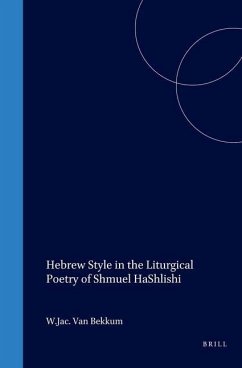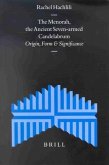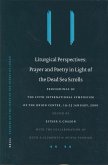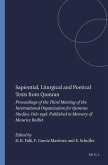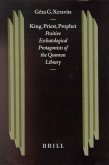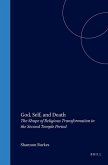Shmuel ben Hoshana, the most important Hebrew liturgical poet ("paytan) in the final stage of the flowering of the Eretz-Israeli "piyyut, came of age in the latter third of the tenth century. He was active in the academy of Eretz Israel, and reached the status of the third ("HaShlishi") in the assembly, after the "gaon and the "av bet din. This volume examines the Hebrew style of this paytan according to some 650 Genizah fragments, which contain elements of his wide-ranging oeuvre (orthography and phonetics, morphology, syntax, sentences, vocabulary, themes and motifs). Understanding the style of Shmuel HaShlishi is critical to our understanding of the creative activity of the paytanim of the final period of the flowering of the Eretz-Israeli piyyut. His style serves as a link between the Eretz-Israeli style of the early paytanim and the new style that would emerge in Spain.
Hinweis: Dieser Artikel kann nur an eine deutsche Lieferadresse ausgeliefert werden.
Hinweis: Dieser Artikel kann nur an eine deutsche Lieferadresse ausgeliefert werden.

